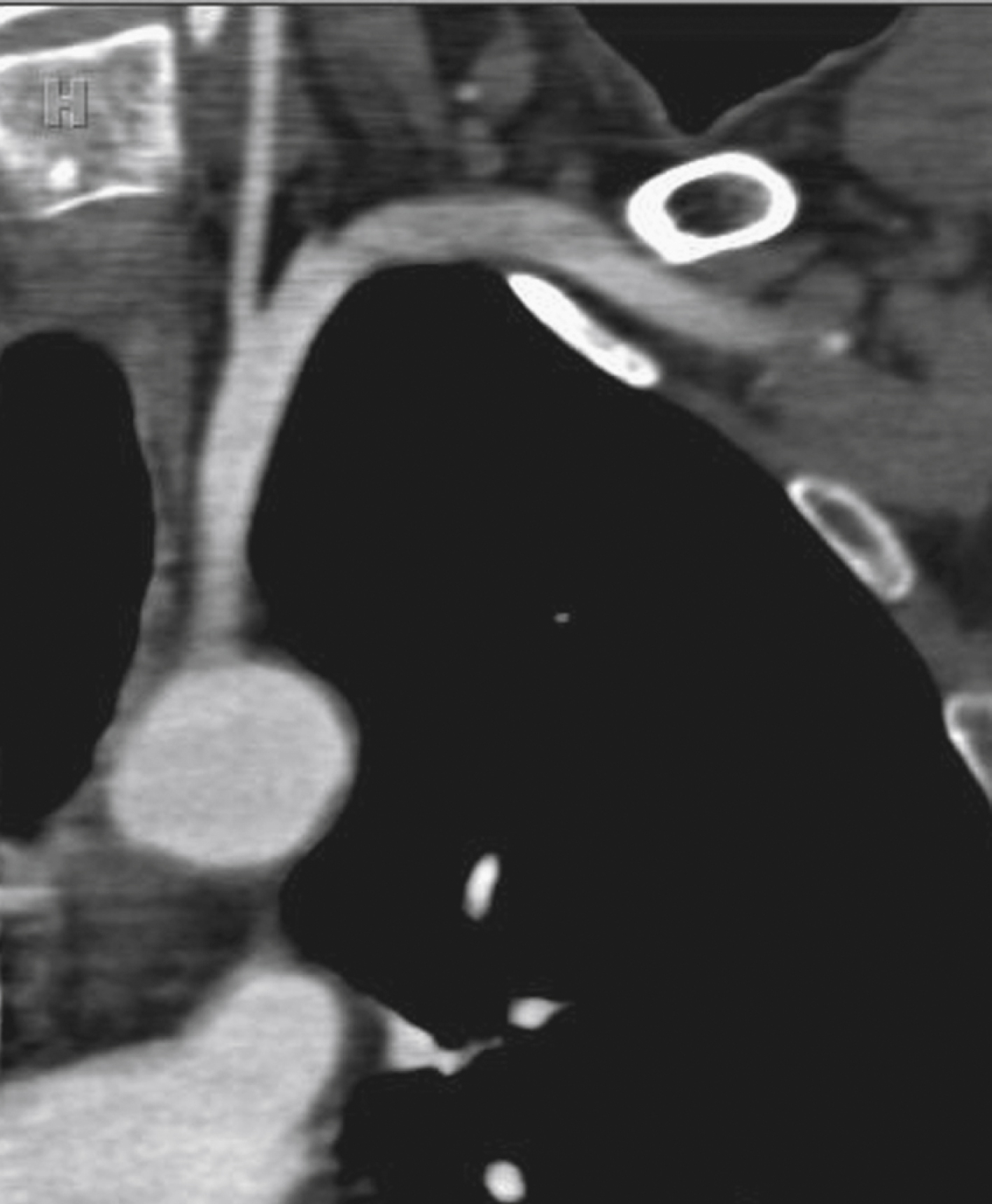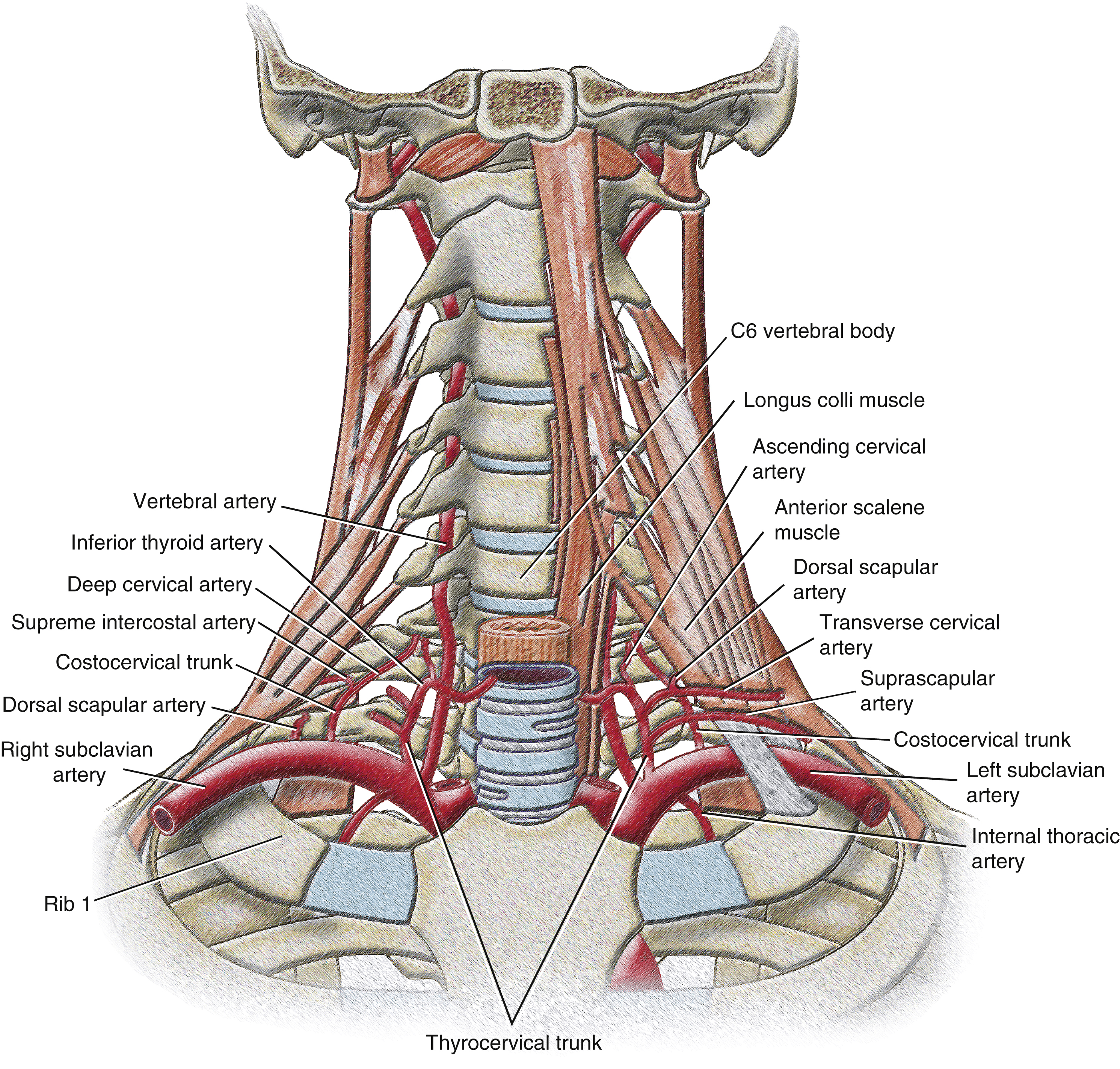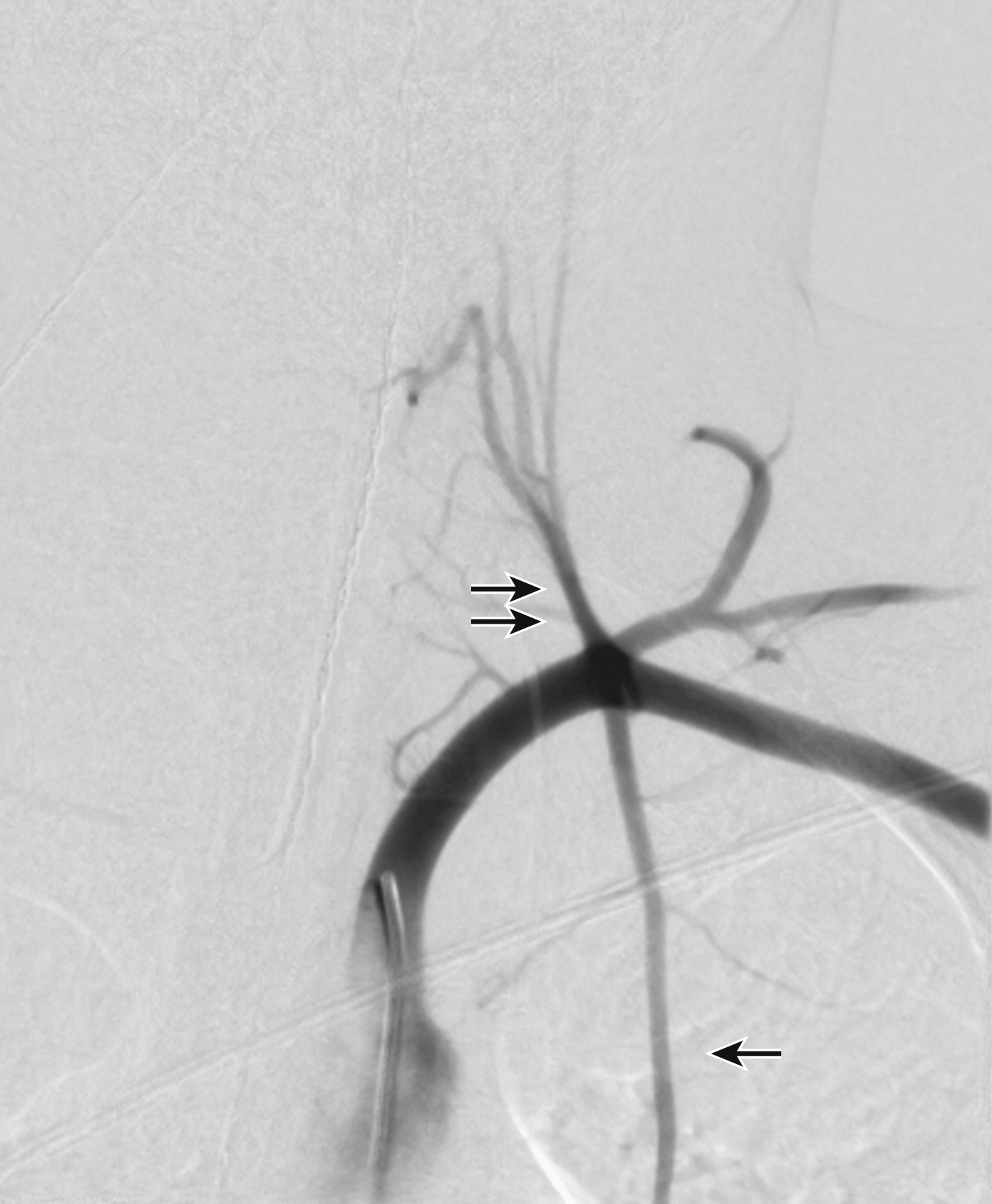Physical Address
304 North Cardinal St.
Dorchester Center, MA 02124
Imaging of the arterial and venous systems is an important component of the evaluation in many vascular disorders involving the upper extremity. This chapter provides a brief overview of vascular imaging, including ultrasonography (US), computed tomographic angiography (CTA), magnetic resonance angiography (MRA), and digital subtraction angiography.
Real-time grayscale and color Doppler US is used to evaluate both the arterial and venous systems of the upper extremity. Arterial interrogation may be performed to assess for suspected limb ischemia, arterial stenosis, or patency of a hemodialysis arteriovenous fistula or graft. Assessment of the integrity of the venous side of the dialysis graft or fistula with US is also highly accurate, as is the evaluation of thrombosis or compression of upper extremity veins. US can investigate flow hemodynamics along with vessel lumen and wall morphology. It is, however, operator dependent, does not fully evaluate central thoracic upper extremity arterial inflow and venous anatomy.
CTA has proved to be an adequate imaging modality of upper extremity vasculature. Hellinger et al. proposed four upper extremity CTA protocols: aortic arch with upper extremity runoff, upper extremity runoff, upper extremity indirect computed tomographic venography, and upper extremity direct computed tomographic venography based upon different clinical indications. The authors highlight the various clinical scenarios in which CTA is useful. An update of indications and scan parameters was published several years later in the same journal.
Contrast-enhanced MRA aids in treatment planning and preoperative mapping of various vascular disorders of the upper extremity. It evaluates vascular integrity and patency, which may be compromised in cases of trauma, atherosclerosis, vasculitis, and malignancy. MRA not only defines the site, degree, and extent of stenosis or occlusion but can also demonstrate collateral pathways in these processes. Advantages of contrast-enhanced MRA in the upper extremity include its noninvasive nature, lack of flow artifact, multiangular projection capability, ability to delineate the small vessels of the hand, and the possibility for 4D imaging. Limitations of this imaging technique in the upper extremity include limited coverage of 40 to 50 cm, variable circulation time among individuals, and potential overlapping of the arteries and veins in the hand. Other considerations include the effects of partial volume averaging and susceptibility artifacts, which may lead to an overestimation of stenosis.
Digital subtraction angiography is the gold standard for vascular imaging of the upper extremity; however, it is an invasive procedure and is currently reserved for situations in which clinical questions remain despite information provided by the above-described noninvasive imaging modalities. It may also be used as the primary diagnostic modality when direct hemodynamic analysis is required for treatment planning or when there is intent to perform endovascular intervention in one combined procedure.
The arterial blood supply of the upper extremity originates with the subclavian artery, whose typical diameter is 8 to 10 mm. The right subclavian artery arises from the brachiocephalic trunk and the left subclavian artery directly from the aortic arch ( Fig. 9.1 ). From its origin to the lateral border of the first rib, the subclavian artery supplies blood to the upper part of the chest, arms, and central nervous system (via the vertebral artery). The subclavian artery is divided into three segments based on its medial, posterior, or lateral relationship to the anterior scalene muscle. The first segment of the right subclavian artery begins at its origin from the brachiocephalic (innominate) trunk posterior to the upper border of the right sternoclavicular joint. It arches superolaterally, passes anterior to the extension of the pleural cavity in the root of the neck, and extends to the medial margin of the right anterior scalene muscle. It ascends 2 to 4 cm above the clavicle. The first segment of the left subclavian artery begins as a direct branch of the aortic arch after the origin of the left common carotid artery at the level of the third and fourth thoracic intervertebral disk spaces. It also ascends into the neck and arches laterally to the medial border of the left anterior scalene muscle. The second segment of the subclavian artery is posterior to the anterior scalene muscle. It is short and the most superior part of the vessel. The third segment descends from the lateral margin of the anterior scalene muscle and extends to the lateral border of the first rib, where it becomes the axillary artery. This portion is the most superficial part of the artery and lies partly in the supraclavicular triangle, the lower and smaller subdivision of the posterior cervical triangle.

Variations in subclavian arterial anatomy are related to its origin and pathway. The right subclavian artery may arise above or below the sternoclavicular level as a distinct aortic arch branch, either the proximal or the distal. When it arises as the proximal branch, it is in the position of a brachiocephalic trunk, as in “classic” anatomy. If it arises as the distal branch off the aortic arch, it ascends obliquely to the right and courses behind the trachea, esophagus, and right common carotid artery. Occasionally, the left subclavian artery is combined at its origin with the left common carotid artery. Other variations in the pathway of the subclavian artery have also been described in relation to the anterior scalene muscle: perforating the muscle or, rarely, passing anterior to it.
Most of the branches of the subclavian artery arise from the artery’s first segment. Its branches include the vertebral artery, thyrocervical trunk, internal thoracic artery, and costocervical trunk ( Fig. 9.2 ). These branches all arise from the first segment of the subclavian artery on the left. On the right, the costocervical trunk usually originates from the second segment of the subclavian artery. Additionally, on either side, the dorsal scapular artery may arise from the third or, less often, the second segment of the subclavian artery or continue as the deep branch of the transverse cervical artery, a branch of the thyrocervical trunk.

In more than 80% of cases, the vertebral artery originates from the superoposterior aspect of the first segment of the subclavian artery as its most proximal and largest branch. The vertebral artery ascends and enters the transverse foramen of the sixth cervical vertebra and continues superiorly through the foramina of the fifth through first cervical vertebrae. At the superior border of the first cervical vertebra, the artery curves medially, crosses the posterior arch of the first cervical vertebra, and passes through the foramen magnum to enter the posterior cranial fossa. The size of the vertebral arteries varies, but a left-dominant artery is more common.
Variations involving the vertebral artery are related to its origin, usually a more proximal one. The left vertebral artery originates from the aortic arch between the left common carotid and the left subclavian artery in up to 5.8% of cases ( Fig. 9.3 ). Its entrance into the cervical transverse foramen is also variable, but it most commonly enters at the level of the fifth or sixth cervical vertebra. Other rare variations involving the left vertebral artery that have been described include an origin from the aortic arch distal to the left subclavian artery, an origin from the left common carotid artery, or an origin from the external carotid artery. In less than 1% of cases, the right vertebral artery originates from the right common carotid artery or the aortic arch.

Become a Clinical Tree membership for Full access and enjoy Unlimited articles
If you are a member. Log in here